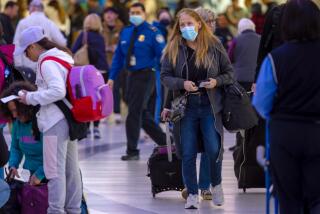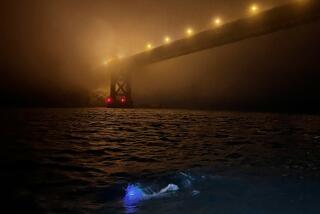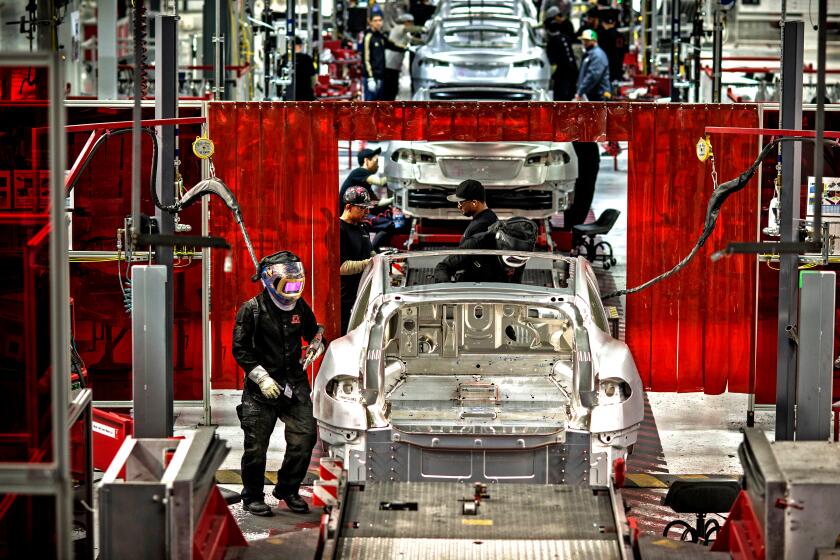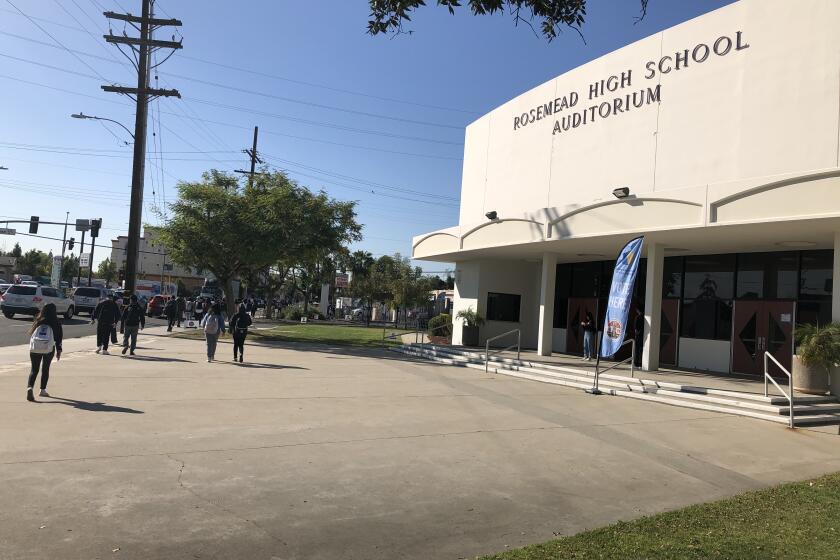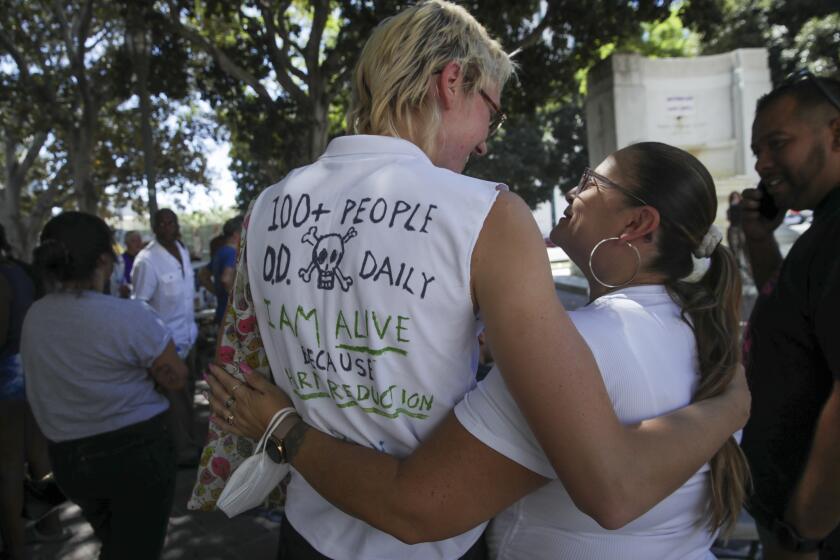3rd Round on Improving Encina Sewage Treatment
With pressure mounting from North County environmentalists fearful of ocean and beach pollution, the directors of the Leucadia County Water District tonight face the issue of whether to fully treat millions of gallons of sewage being dumped into the Pacific.
Environmentalists have lobbied hard for stepped-up secondary treatment, distributing 20,000 bumper stickers in support of the process, which removes at least 85% of solid matter from sewage. Currently, the sewage receives advanced primary treatment, which removes at least 75% of the solids, at the Encina Waste Water Treatment Facility. The major difference between the two kinds of treatment has to do with the amount of solid matter removed.
The Leucadia district is one of six North County agencies that must give the go-ahead for the Encina plant to step up its treatment process. Carlsbad and Encinitas have already voted in favor of secondary treatment.
A unanimous vote by all six member agencies represented on the plant’s joint advisory committee is required before the plant can shift to full secondary treatment. The City of Vista, the Buena County Sanitation District and the San Marcos County Water District have yet to vote on the matter.
‘Absolute Necessity’
The Encina plant, which serves a population of 180,000 in parts of San Marcos, Vista, Carlsbad, Encinitas and unincorporated areas, pumps an average of 17.5 million gallons of effluent each day into the ocean through a 6-foot-wide pipe extending 1 1/2 miles off Carlsbad State Beach.
“It’s an absolute necessity that the Encina plant go to secondary treatment,” said attorney Richard McManus, who founded the environmental group, People for a Clean Ocean.
Environmentalists such as McManus claim that the removal of the additional solid matter significantly reduces the quantity of disease-causing viruses in the effluent.
The water district’s and the waste treatment plant’s staffs acknowledge that secondary treatment removes or destroys some viruses, but say they are not sure how much.
“There are no definitive tests to reveal the presence of viruses after secondary or advanced primary,” said Joan Geiselhart, manager of the Leucadia Water District. “The tests available do not give us any real data on viruses.”
Rick Graff, the plant’s general manager, agreed: “There are some tests for viruses, but to do all the tests for all the viruses--I doubt if there are tests for all of them--would be very expensive.”
Increased Sludge
Graff is more concerned about the additional sludge he will have to deal with if secondary treatment is begun. Sludge is the treated solid matter removed from the effluent.
The secondary process produces 35% more sludge, which must be disposed of in county landfills, Graff said. Currently, the plant has been fighting a war with the County Board of Supervisors to be allowed to use the Otay Landfill in the South Bay. Supervisor Brian Bilbray has objected to dumping North County sludge in his district.
Secondary treatment is not that much more expensive than advanced primary treatment, Geiselhart said. Graff has prepared an annual budget that projects the cost of full secondary treatment at $4.5 million as opposed to $4.2 million for the advanced primary process. But, Graff cautioned, “that assumes the sludge can be disposed of reasonably here in the county. If we have to go into Los Angeles, that could add another $200,000.”
More to Read
Start your day right
Sign up for Essential California for news, features and recommendations from the L.A. Times and beyond in your inbox six days a week.
You may occasionally receive promotional content from the Los Angeles Times.

